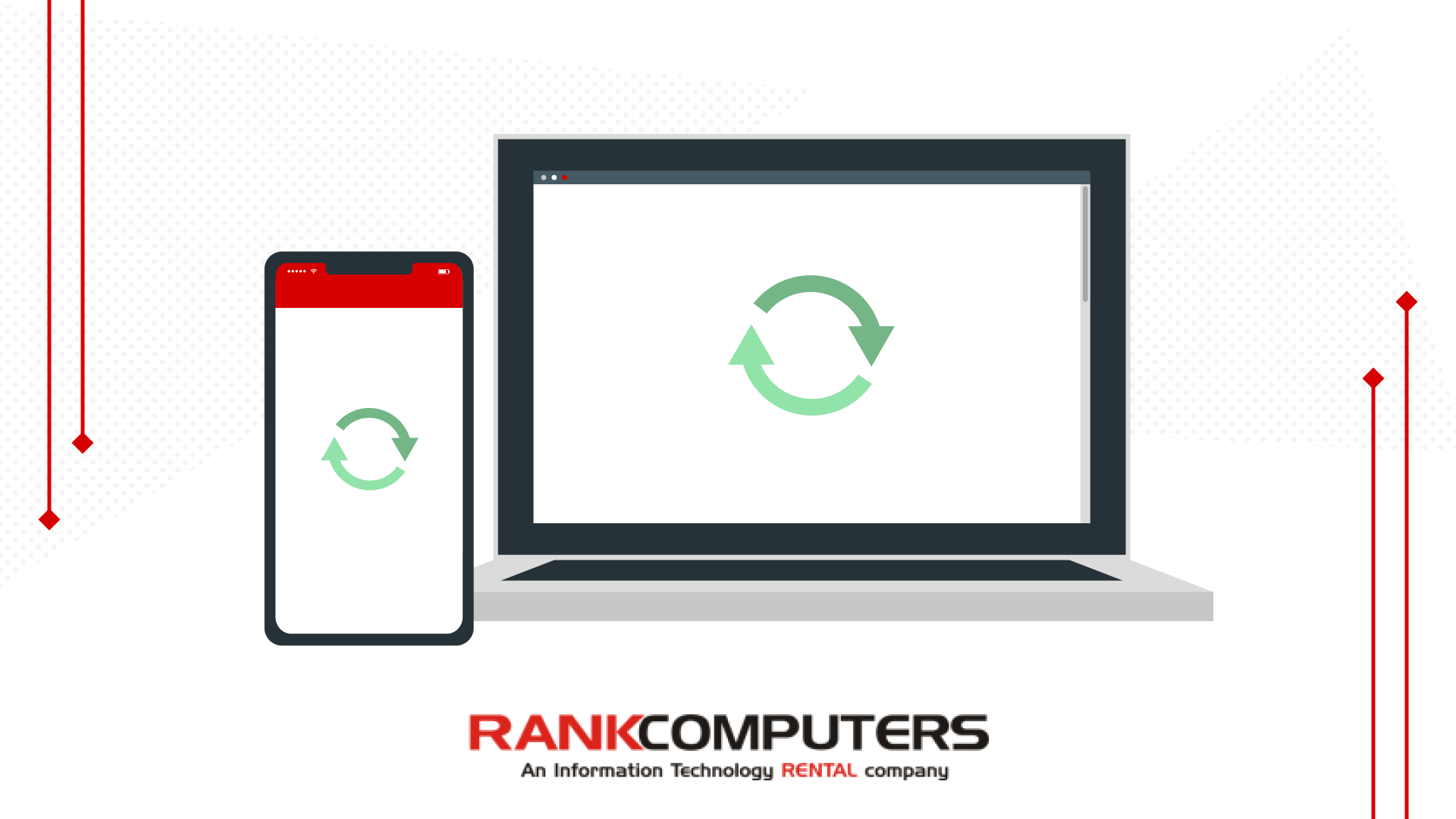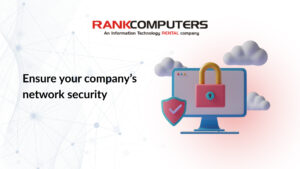Are you ensuring the responsible recycling of your network hardware and IT equipment?
It’s a question that encourages you to evaluate whether your current practices align with the best standards for handling outdated hardware in your company.
Many companies discard their old network hardware without following proper protocols, risking the vulnerability or unauthorised access to sensitive data that may still reside on these devices. This oversight can expose proprietary information, client details, or internal communications.
To prevent this, follow the crucial 3-step checklist presented in this blog – a comprehensive guide to ensure the responsible recycling of your network hardware.
Step 1: Data Erasure and Security
In the current era, safeguarding sensitive data is paramount before recycling network hardware, considering the increasing prevalence of cyber threats and the importance of maintaining data integrity.
Follow these steps to ensure a thorough data erasure and enhance overall security:
1.1 Risk assessment
Conduct a thorough risk assessment to evaluate the potential impact of data exposure. Consider the sensitivity of the information, compliance requirements, and the reputational risks associated with data breaches.
1.2 Tailored data backup
Tailor the data backup process to cover all critical information stored on the hardware. This includes user profiles, application configurations, and any other data integral to the seamless functioning of the network.
1.3 Use reliable data erasure tools
Employ trustworthy data erasure software such as Securaze to systematically wipe all stored data from the hardware. Choose tools with proven track records to minimise the risk of residual information.
1.4 Verification of data erasure
After the erasure process, perform thorough checks to confirm the removal of all data. This validation step is crucial to guaranteeing that no sensitive information remains on the hardware, mitigating potential security breaches.
1.5 Physical destruction if necessary
In cases where data erasure may not be foolproof, consider physically destroying storage devices to render them irrecoverable. Use certified destruction methods such as shredding or degaussing, ensuring compliance with security standards.
1.6 Secure disposal of storage media
If the hardware includes removable storage media, handle them separately and securely dispose of or repurpose them in alignment with data protection guidelines.
Step 2: Environmental Considerations
The second step in our essential checklist focuses on environmental considerations, ensuring that your hardware disposal is not only secure but also eco-friendly.
2.1 Research local e-waste recycling facilities and choose reputable options
Before discarding any network hardware, take the time to research local e-waste recycling facilities. Look for certified and reputable options that adhere to environmental and ethical standards. Verify if they follow proper recycling practices, including the safe extraction of valuable materials and the responsible disposal of hazardous substances.
Choosing a reliable facility contributes to minimising the environmental impact of e-waste.
2.2 Check for any hazardous materials in the hardware and dispose of them appropriately
Network hardware often contains hazardous materials such as lead, mercury, and brominated flame retardants. It is crucial to identify and handle these substances with care during the disposal process. Research the specific components of your hardware and follow guidelines for the safe disposal of hazardous materials.
Many e-waste recycling facilities have specialised processes for extracting and managing these substances, ensuring they don’t pose a threat to the environment or human health.
2.3 Explore options for donating or repurposing hardware if it is still functional
Consider the possibility of extending the life of your hardware before opting for recycling. If the equipment is still functional and meets the requirements of a charitable organisation or community initiative, donating it can be a sustainable alternative.
Reach out to local schools, non-profit organisations, or community centres to inquire about their technology needs. Repurposing hardware not only reduces e-waste but also contributes to community development and education.
Step 3: Compliance and Documentation
In the final step of our checklist, let’s have a look at the compliance measures and the importance of detailed documentation to ensure a responsible and legally sound network hardware disposal process.
3.1 Familiarise yourself with local and international regulations
Before recycling any network hardware, it’s crucial to understand the legal framework governing e-waste disposal in your region. For Indian companies, compliance with the E-Waste (Management) Rules is essential. These rules outline the responsibilities of producers, consumers, and recyclers, emphasising the need for environmentally sound management of electronic waste.
3.2 Ensure compliance with data protection laws
India enforces stringent data protection laws to ensure the responsible handling and disposal of personal data. Align your data erasure methods with these regulations to uphold the privacy and security of sensitive information.
3.3 Keep thorough documentation of the hardware disposal process
Maintain detailed records of the entire hardware disposal process, with specific attention to compliance with Indian e-waste regulations and data protection laws. Document the steps taken for data erasure, the chosen recycling facility, and any relevant compliance measures outlined in the E-Waste (Management) Rules.
Conclusion
Prioritising a thorough 3-step checklist is essential before recycling any network hardware to safeguard both data security and uphold environmental responsibility.
It’s crucial to tailor these steps according to the specific characteristics of the network hardware under consideration, be it routers, switches, or other components, each with its own unique considerations. Moreover, consider specific factors related to diverse hardware types and integrate continuous practices for sustainable IT management.
Share these insights with your network to foster a collective commitment to sustainable technology practices.



